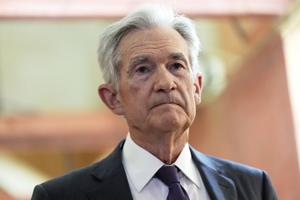In a move that underscores the persistent tension between fiscal policy and presidential influence, the Federal Reserve has once again opted to keep interest rates unchanged for the fifth consecutive time this year, steadfastly resisting fervent public calls from the Trump Administration for significant cuts.
This critical decision leaves the benchmark short-term rate at approximately 4.3%, a level it has maintained since a series of three reductions initiated last year. The central bank’s consistent stance highlights its dedication to independent monetary policy amidst external pressures, prioritizing stability in the broader US Economy.
Chair Jerome Powell has previously indicated that the Federal Reserve would likely have pursued rate reductions already, were it not for the extensive tariffs implemented by the Trump administration. This suggests a direct link between trade policy and the central bank’s cautious approach to central banking decisions.
Powell and other Fed officials are closely monitoring the impact of these tariffs on key economic indicators, particularly inflation and overall economic growth. While the duties have led to increased costs for certain consumer goods such as appliances, furniture, and toys, the overall inflationary surge has been less dramatic than many economists initially projected.
The vote to maintain the current interest rate was not unanimous, revealing internal divisions within the Federal Reserve Board of Governors. Notably, members Christopher Waller and Michelle Bowman registered dissents, indicating differing perspectives on the optimal path for monetary policy in the current economic climate.
The choice to hold off on a rate cut is almost guaranteed to intensify the ongoing conflict between the Federal Reserve and the White House. President Trump has consistently advocated for reduced borrowing costs, viewing it as an essential component of his efforts to exert greater control over independent federal agencies.
This continued standoff between the executive branch and the nation’s central banking authority raises significant questions about the future of economic policy and the delicate balance of power. The market and public alike will keenly observe how these dynamics evolve, particularly concerning their implications for future interest rates and the stability of the US Economy.






Leave a Reply